
The scrap car process
4th Nov, 2016
For our customers, the process of recycling an old car begins when you say “Scrap my car!” and ends when our collection partners come to pick up your four-wheeled friend.
But that’s not all there is to it. This week, we’re having a look at the car scrapping process and talking through, step by step, how old cars get recycled.
Car depollution process
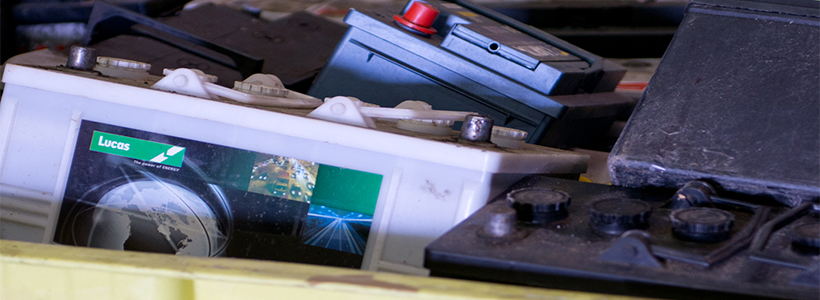
Once the car leaves your home, it’s taken by our licensed scrap car collection partners to an Authorised Treatment Facility, where it can be safely processed in line with all current vehicle and environmental legislation.
One of the first things to be removed from your car will usually be the battery. If it can’t be repaired and sold on as an individual part, the lead and plastic components will be removed and recycled separately.
Car tyre removal
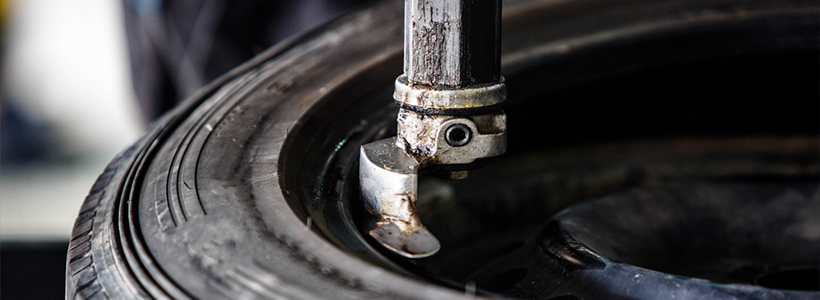
The tyres will be removed from your car and assessed for wear. If they are found to be in good, roadworthy condition, they can be sold on as part-worn tyres. More often than not, however, the tyres on your scrap car will need to be recycled.
Car tyres have been a problem in the past, with companies struggling to find environmentally friendly ways to process them. We work hard to find alternatives to landfill, however, and work towards a 100% reuse and recycling rate – shredded, ground or crumbed rubber from tyres can now be used in a variety of applications, and we will always aim for these rather than disposal.
Remove hazardous materials from cars
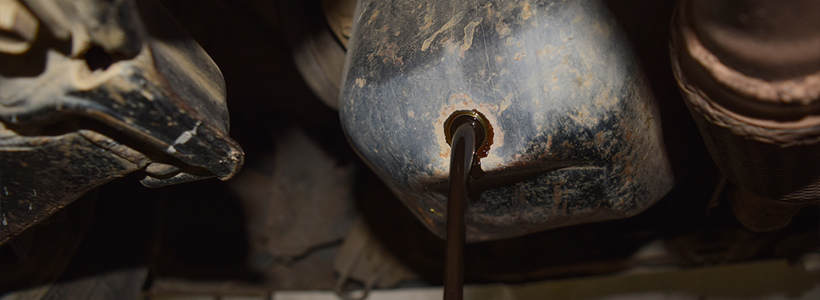
Depollution centres are covered buildings designed specifically for the processing of scrap cars. The staff who work on your scrap car are trained to be able to handle the hazardous processes and materials involved in car recycling safely, which is another reason you should always ensure you scrap your car with a company that uses an Authorised Treatment Facility.
Your car contains, or may contain, a variety of hazardous materials including lead, mercury, cadmium and hexavalent chromium, which need to be removed and isolated.
This process is followed by the draining of fluids from the vehicle, including coolant, oil, petrol or diesel, and air conditioning fluid. These are removed into sealed tanks via a depollution rig, then reused whenever possible – often on the vehicles used to transport people and equipment around the treatment facility.
Car parts removal
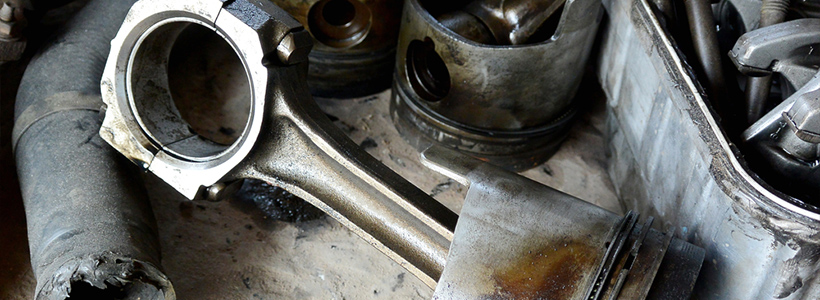
Once the fluids and hazardous materials have been removed from your scrap car, it’s time for the glass and large plastic components to go. The windows and windscreen will be removed for processing, followed by the bumpers and plastic fascia.
Any specific parts that can be re-sold are salvaged at this point and taken away for repair or restoration; many car-owners seek out these parts on platforms like eBay. Recycling Lives – the company behind Scrap Car Network – uses its eBay shop as another way to raise money for the homeless people it supports.
Scrap car processing
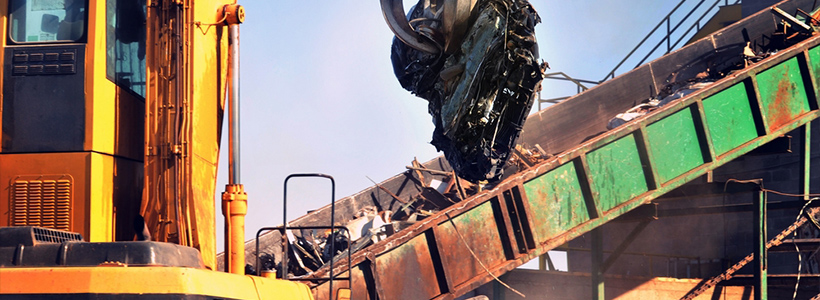
After all that, what you’re left with is a relatively empty shell – certainly, things like the seats are still there, but much of what can be reused before processing has been taken away.
The carcass of the vehicle is now taken to be shredded – sometimes a piece of equipment called a fragmentiser is used to do this, resulting in the various materials still present being sorted into separate channels more easily, and made ready for recycling.
So, if you ever wondered how we scrap cars and achieve up to a 100% recycling rate, that’s how!
Want to get your own car scrapped at one of our facilities, and get a great price for it too? Click Scrap My Car now!